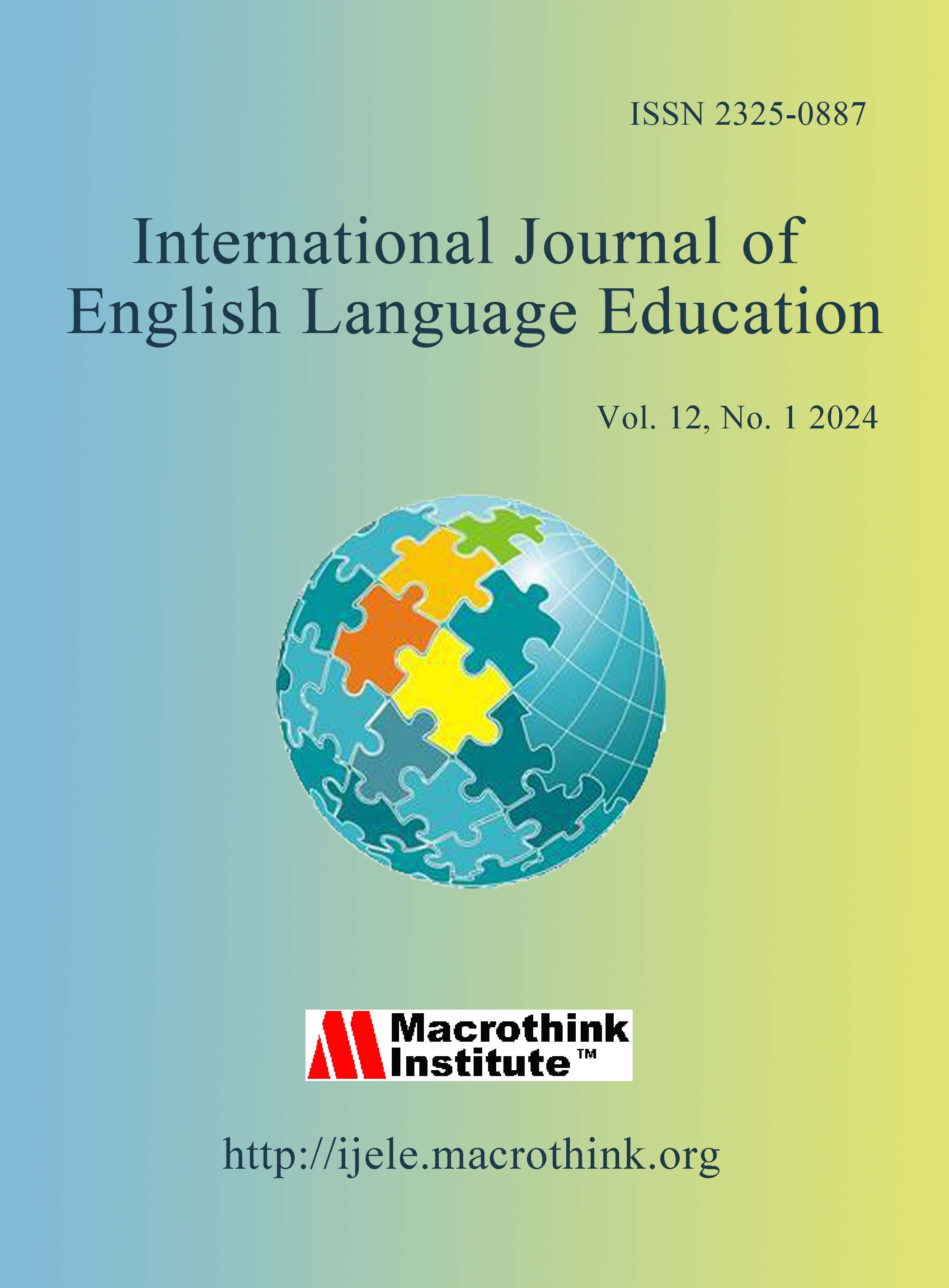Unlocking Potential: Navigating CLT for Adolescent English Learners in Egyptian Public Schools
DOI:
https://doi.org/10.5296/ijele.v12i2.22013Keywords:
adolescent language learners, communicative language teaching (CLT), Egyptian public education, language acquisition outcomes, second language acquisition (SLA)Abstract
This study critically analyzes the intricate relationship between age and Second Language Acquisition (SLA), particularly within the framework of Communicative Language Teaching (CLT) in English as a Foreign Language (EFL) settings. Recent research challenges conventional views on the optimal age for language acquisition, highlighting the diverse factors influencing learning across different life stages. Insights from contemporary studies offer a nuanced understanding of the multifaceted aspects shaping language acquisition, prompting a reevaluation of age-related concepts in SLA. Utilizing a mixed-method approach integrating literature review and personal reflection through autoethnography, the study investigates the complex dynamics between age and SLA within CLT frameworks in Egyptian government schools. It aims to offer valuable insights and implications for instructional practices tailored to adolescent English language learners in this context, including an examination of specific challenges and opportunities within the Egyptian secondary school EFL setting. The review concludes by exploring new perspectives on the Critical Period Hypothesis (CPH) and its implications for instructional practices in CLT-based environments for adolescent English language learners in Egyptian government schools.




